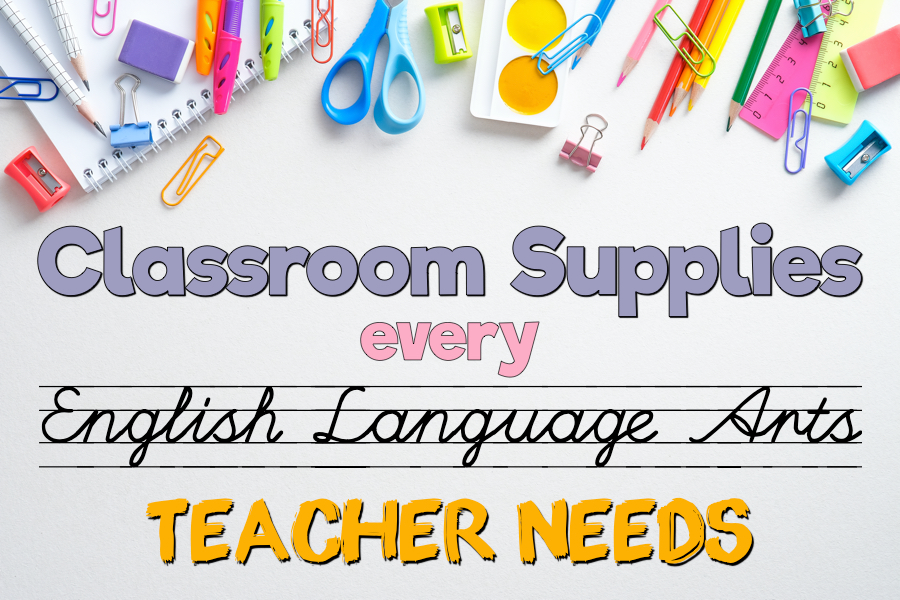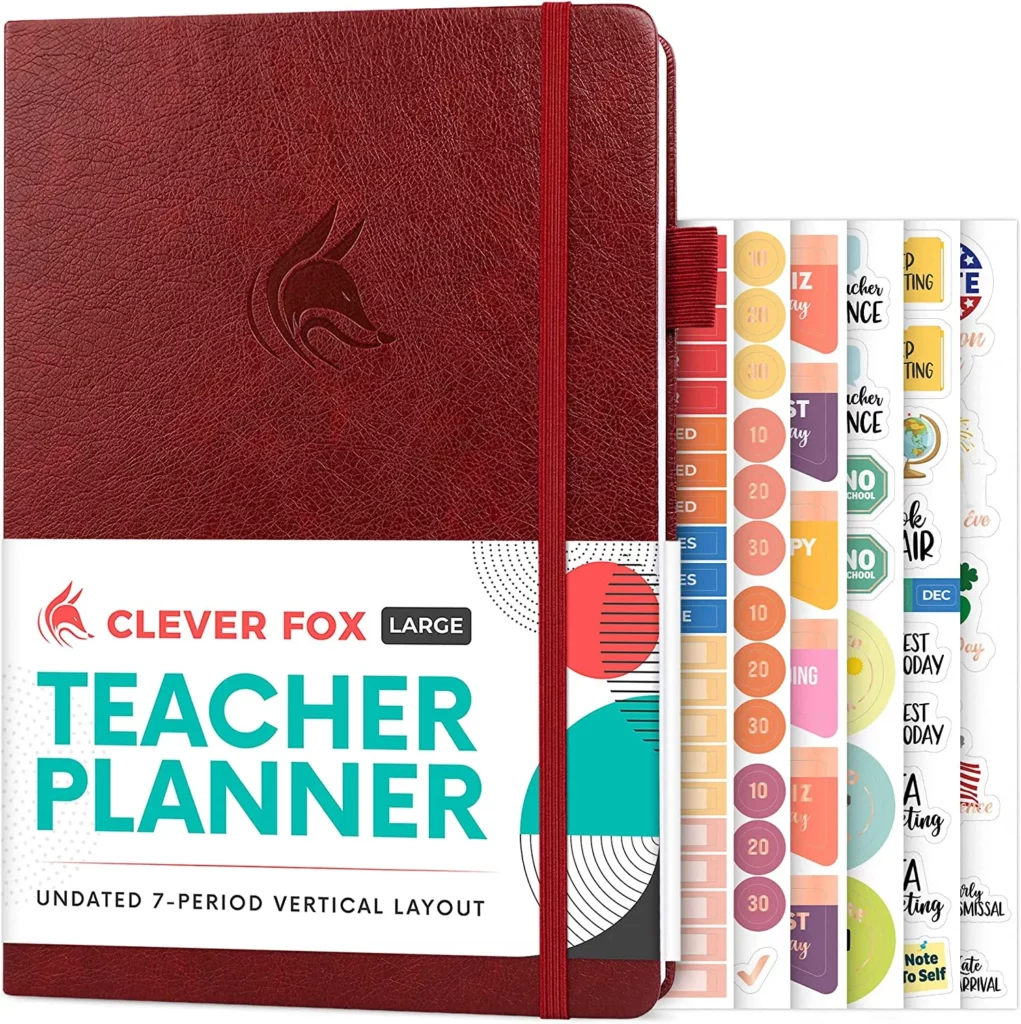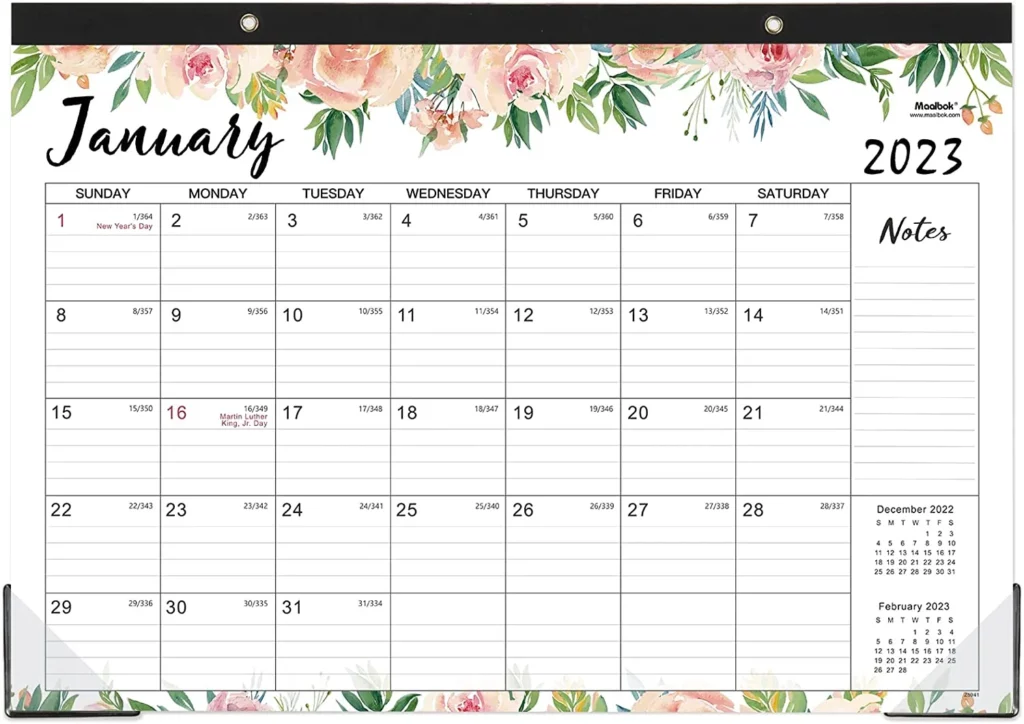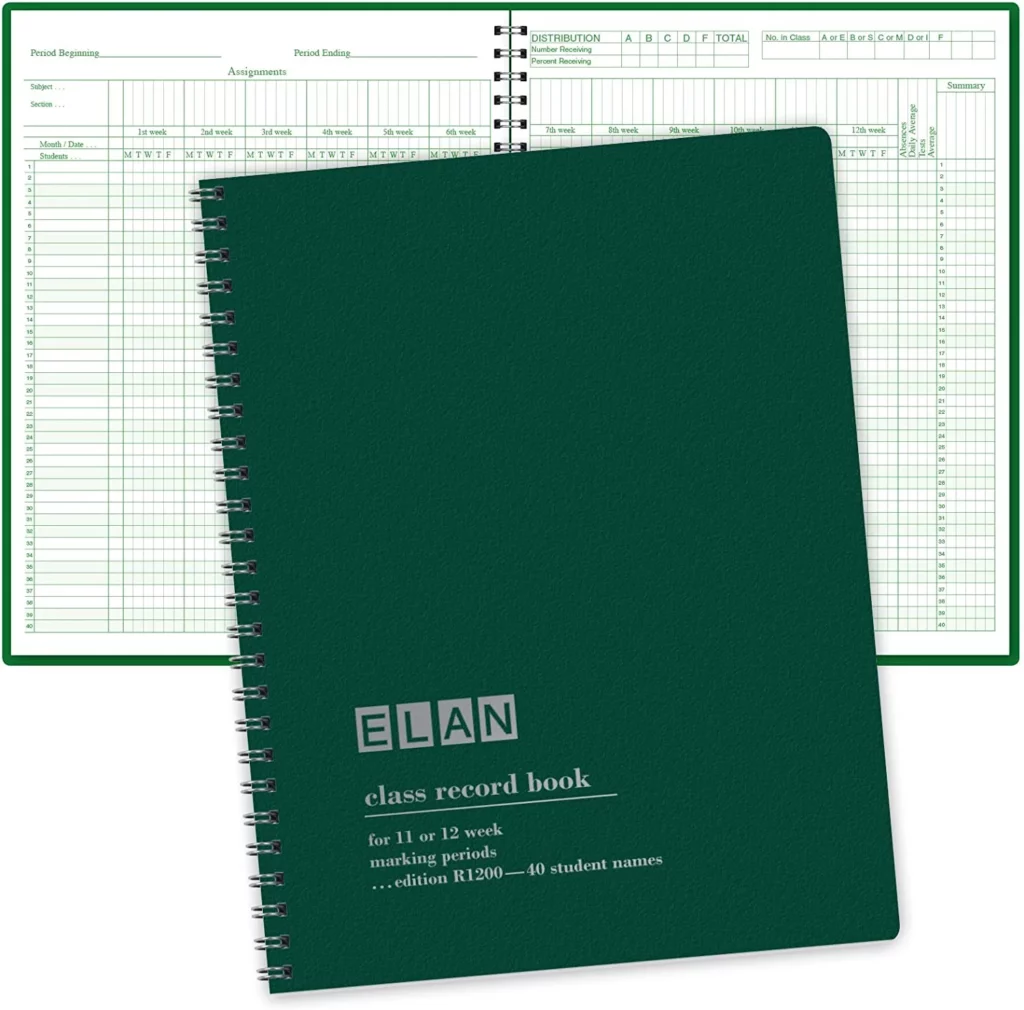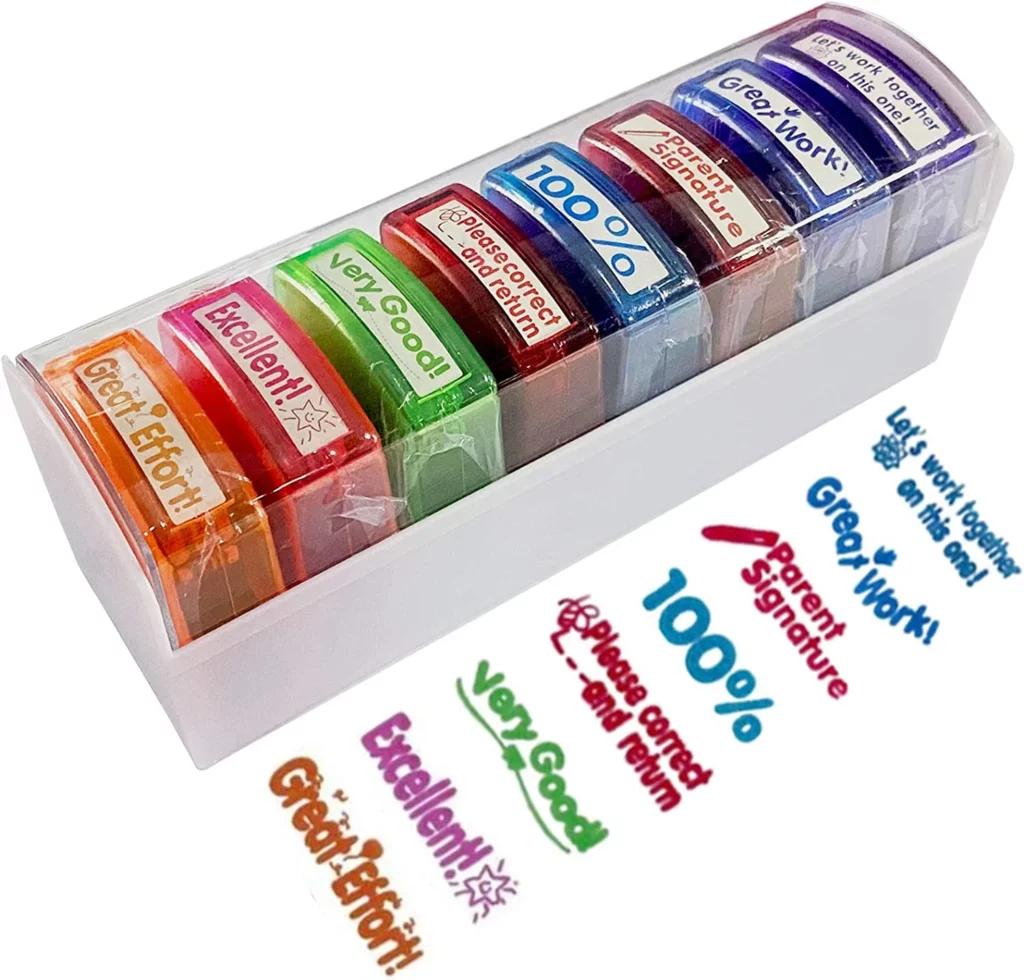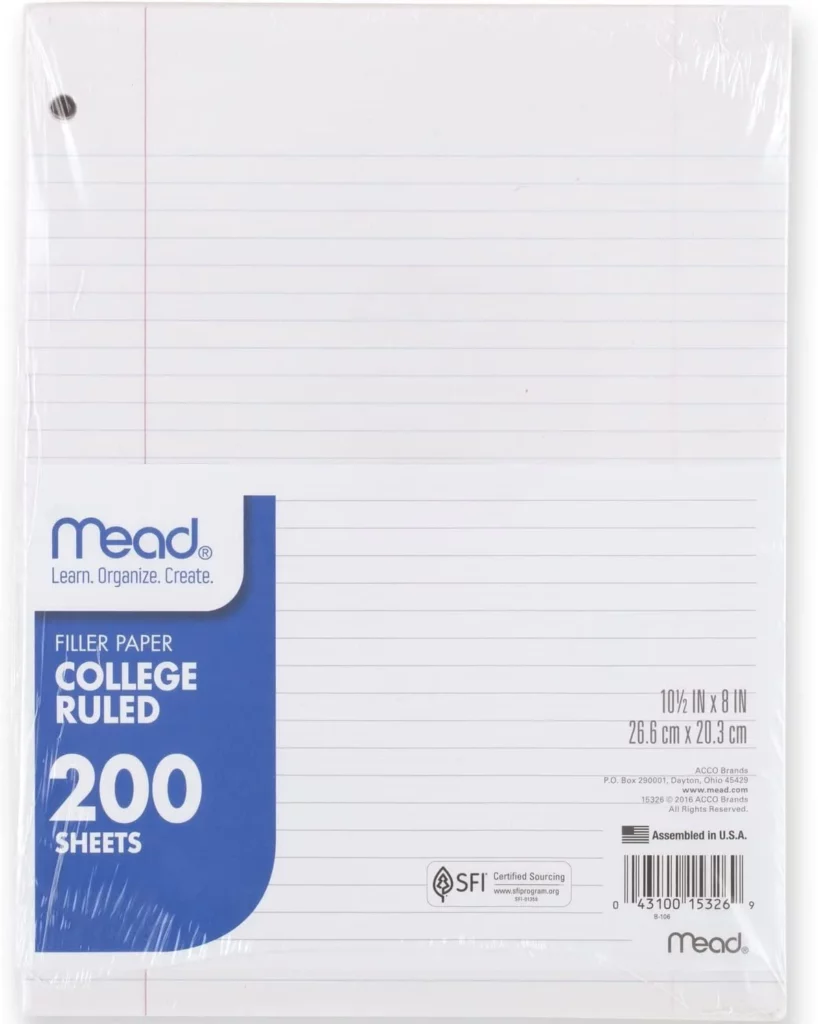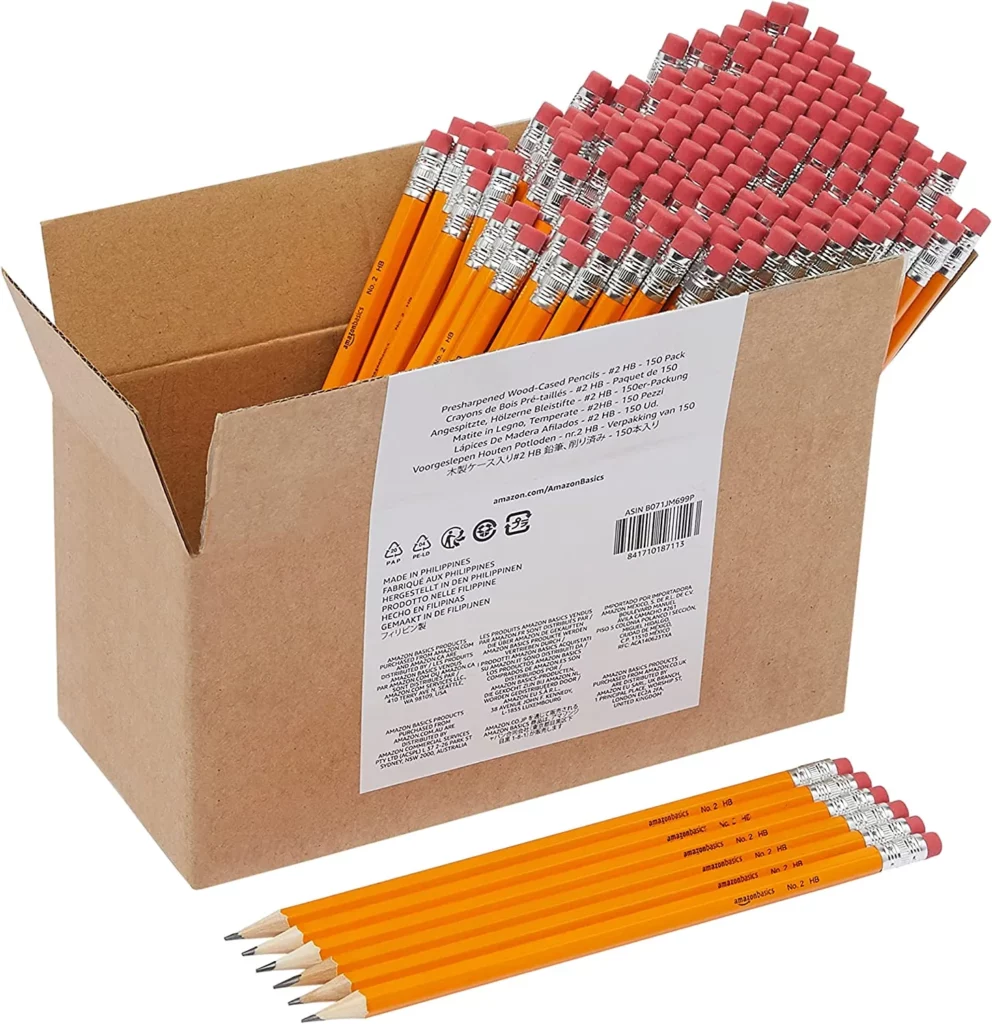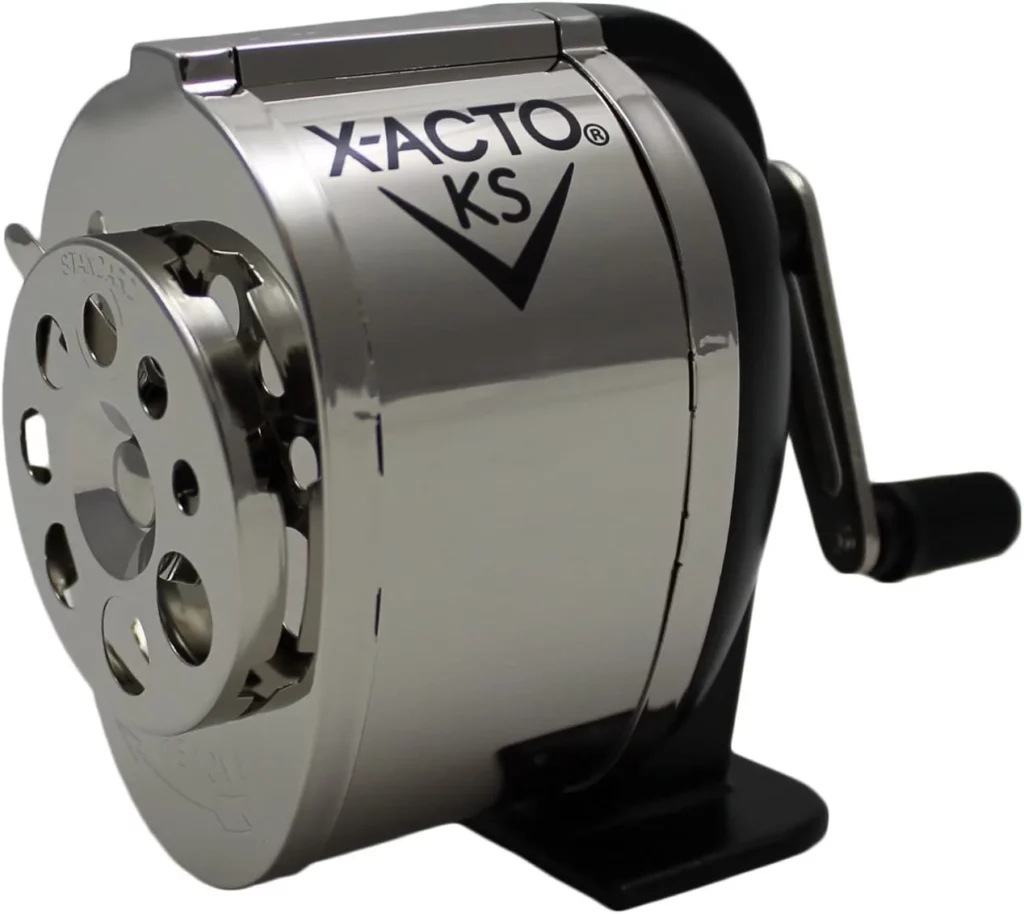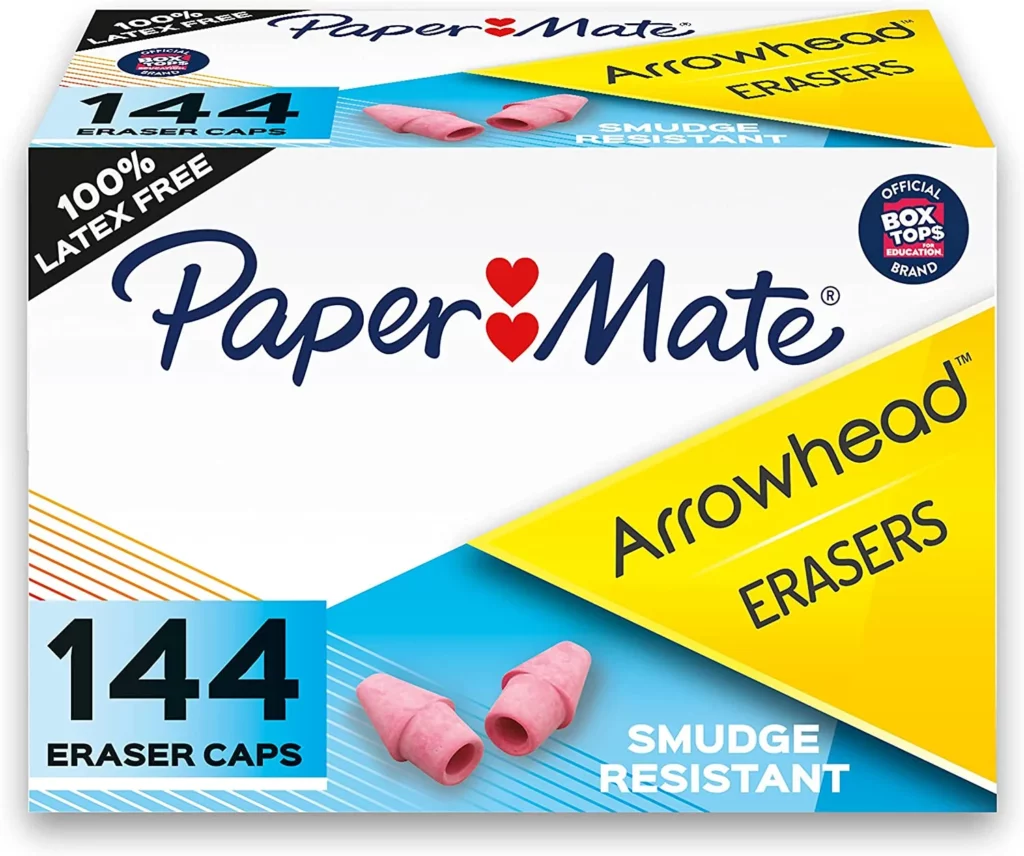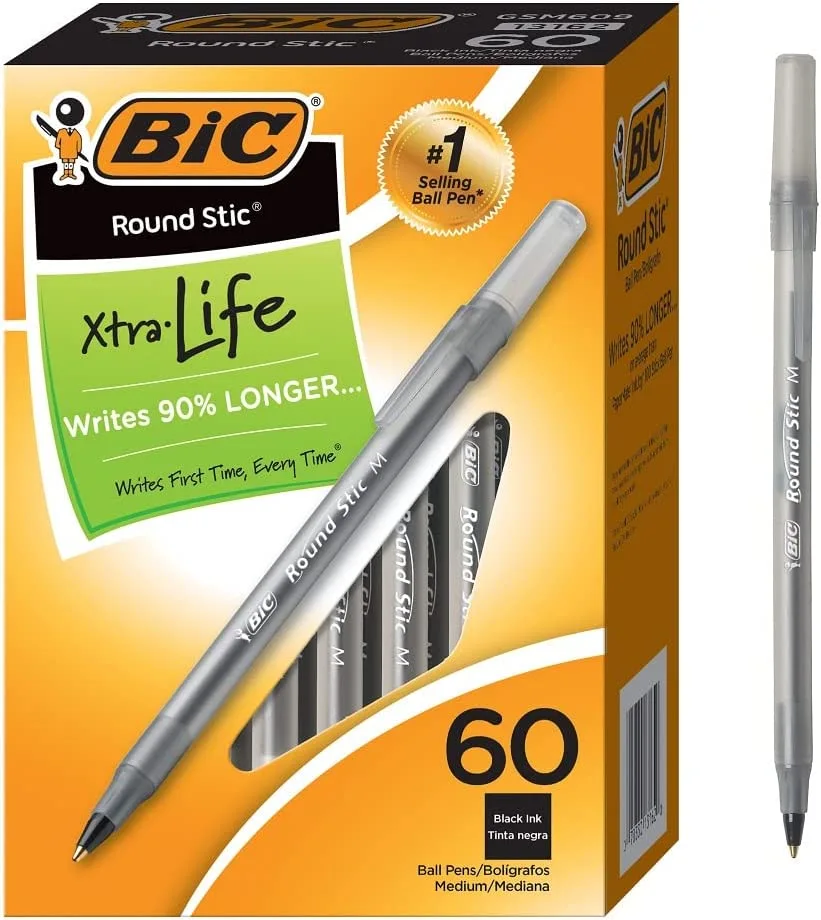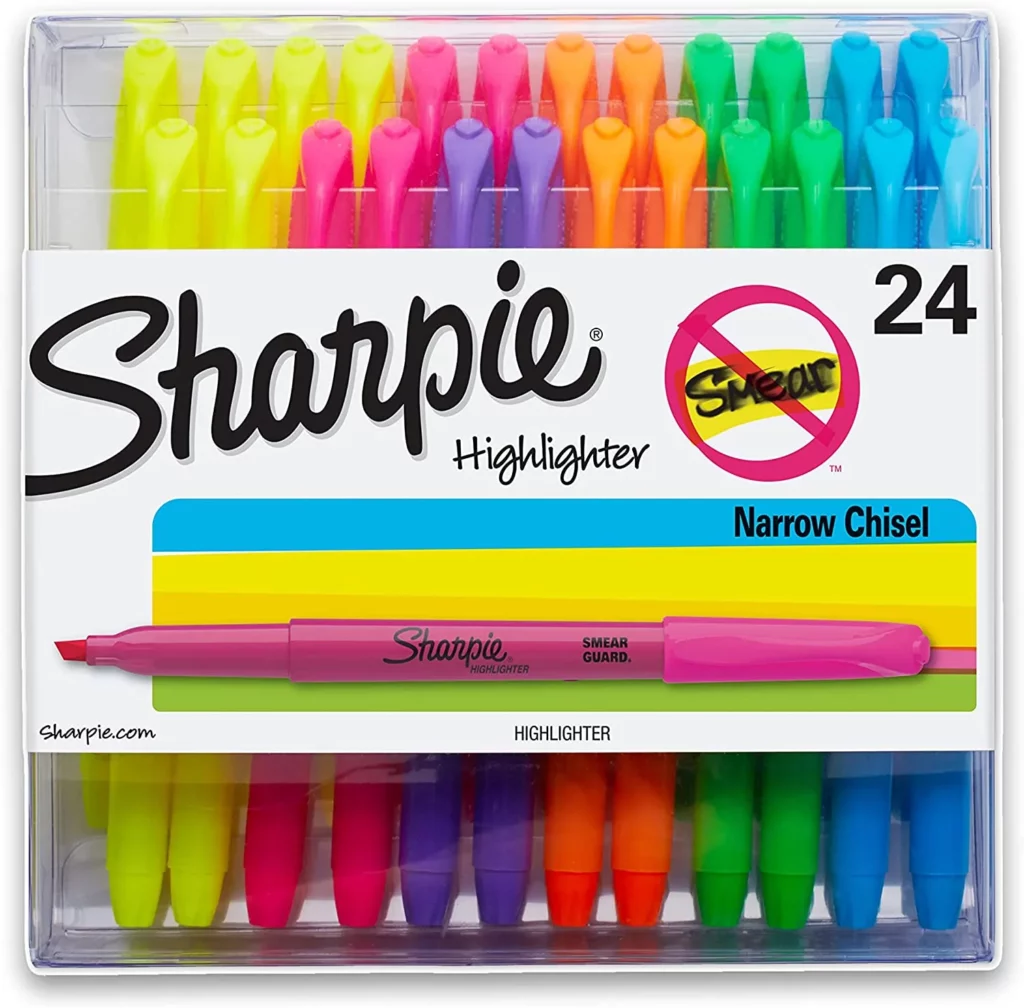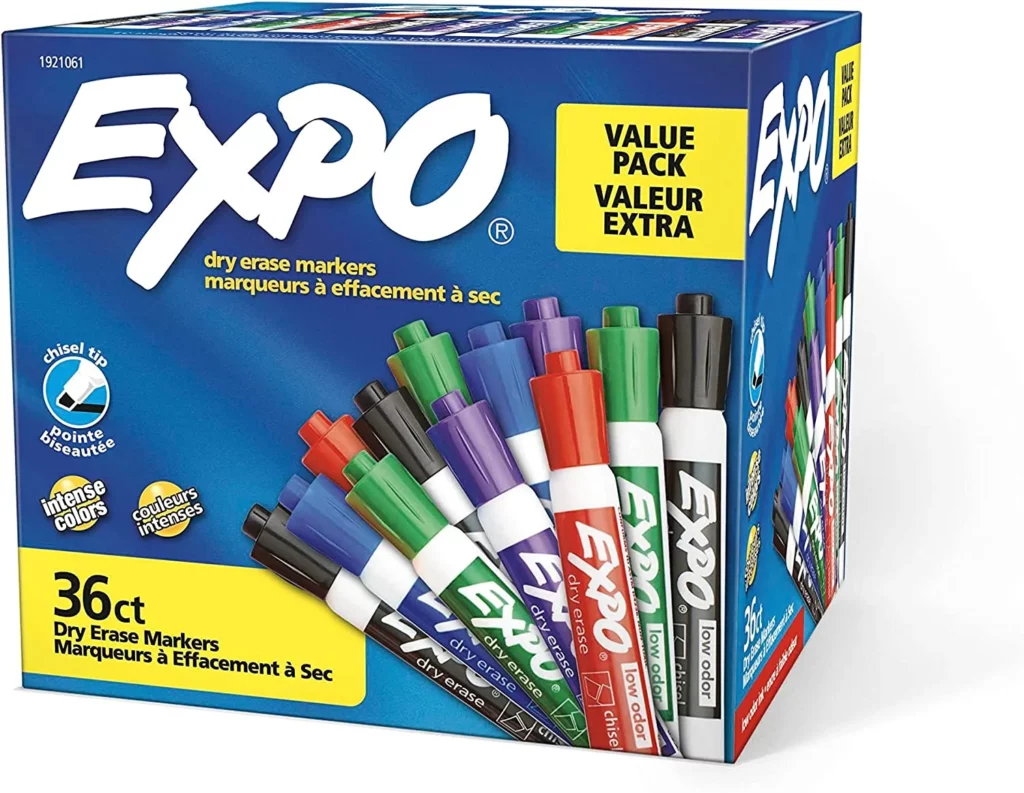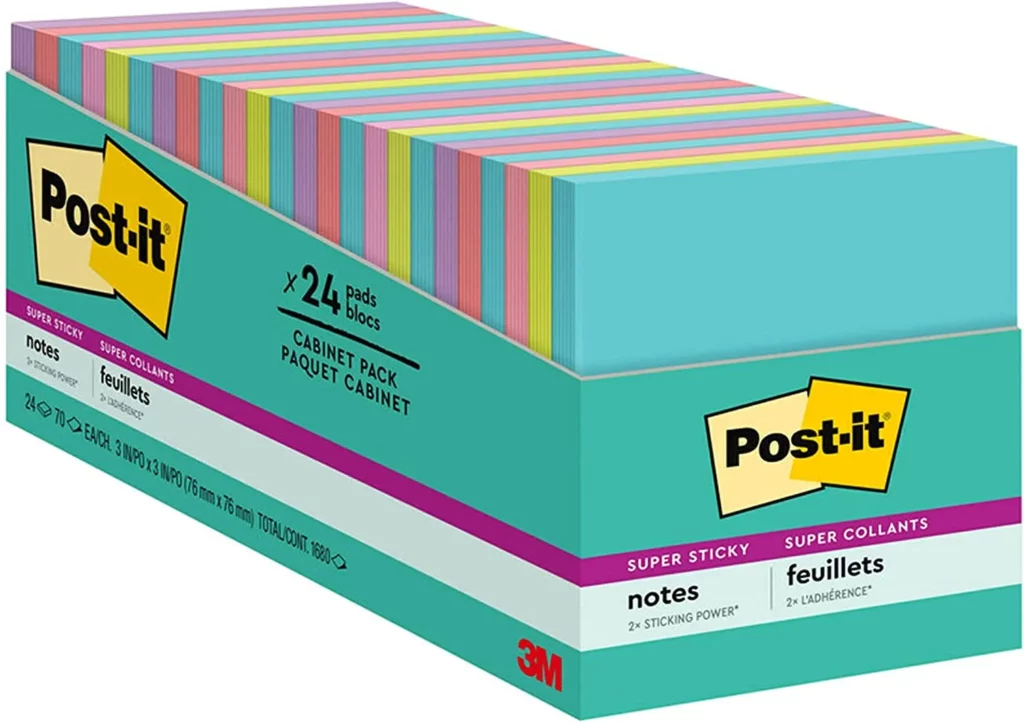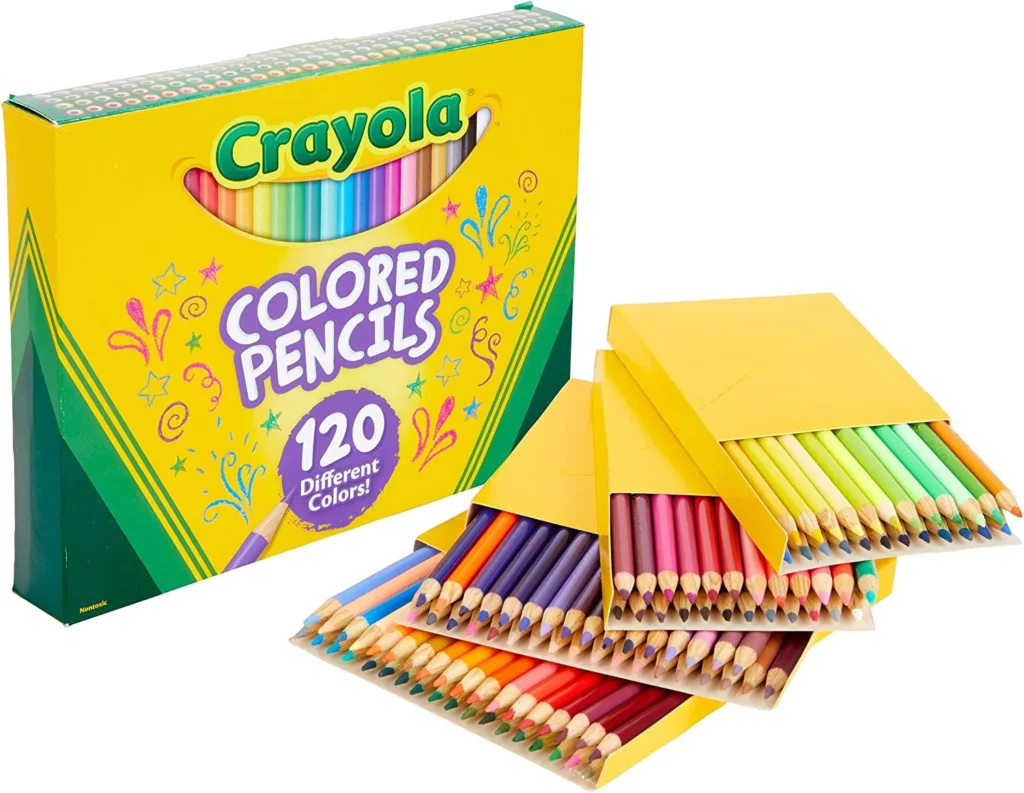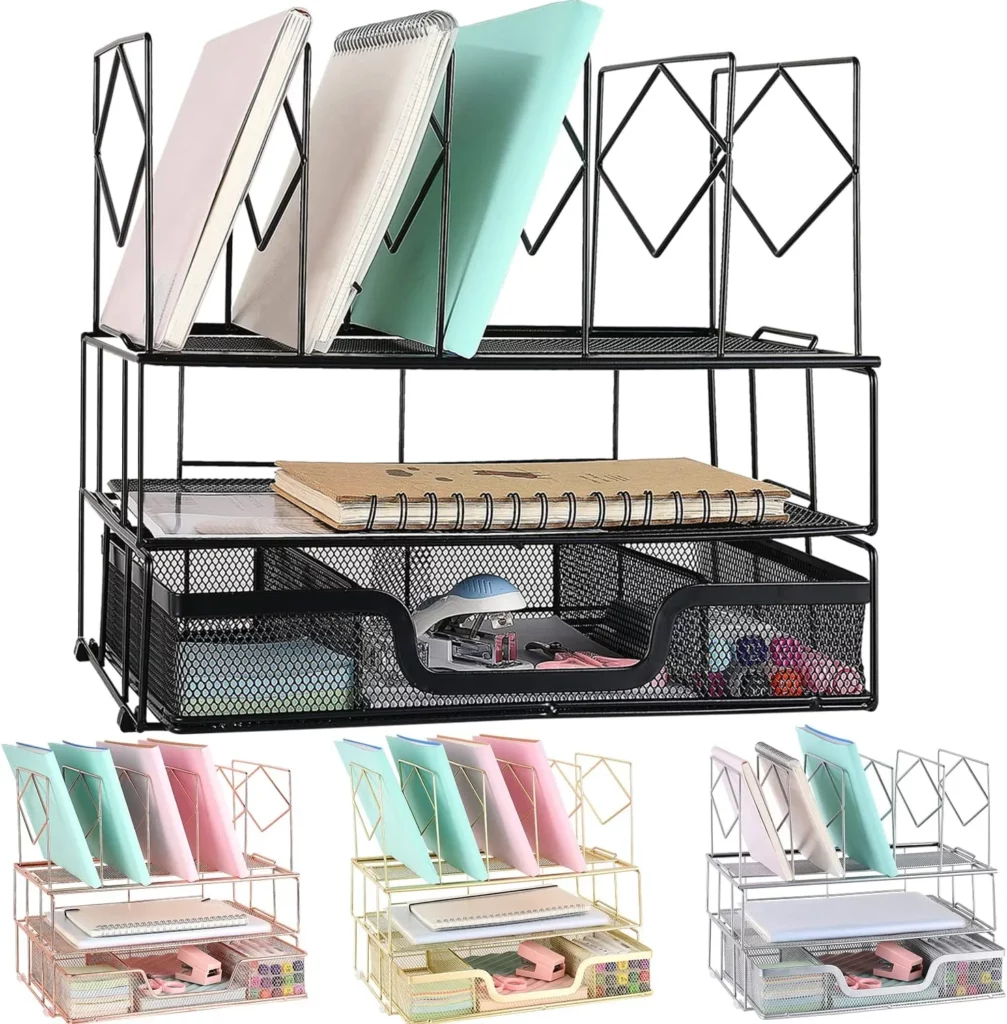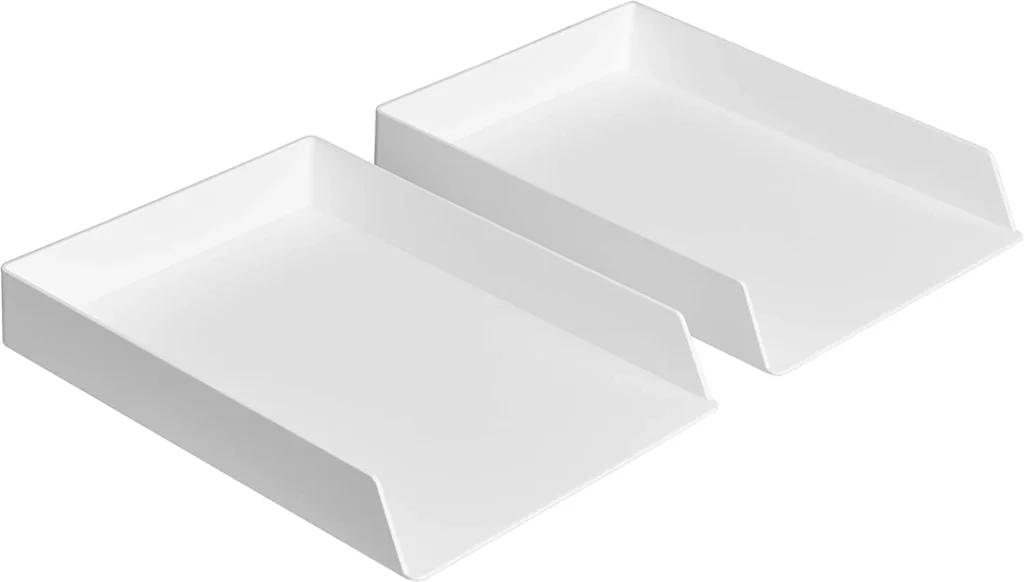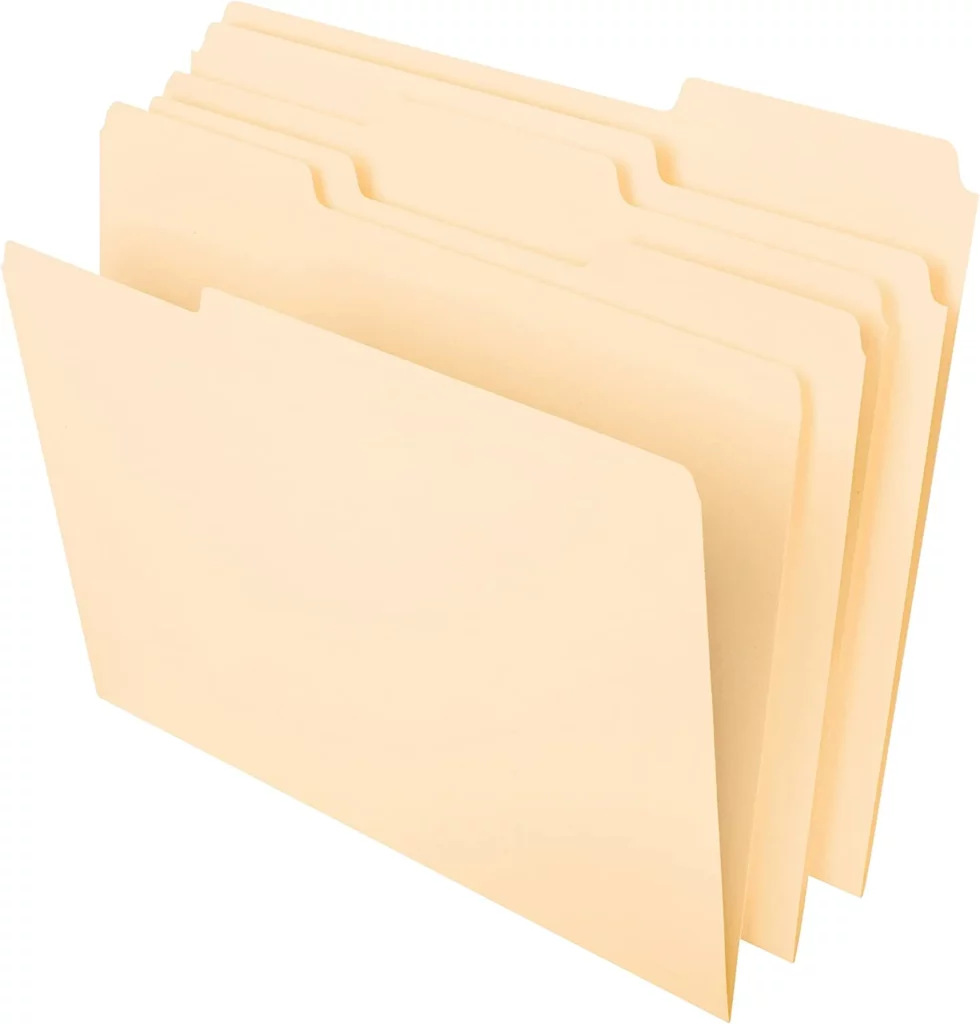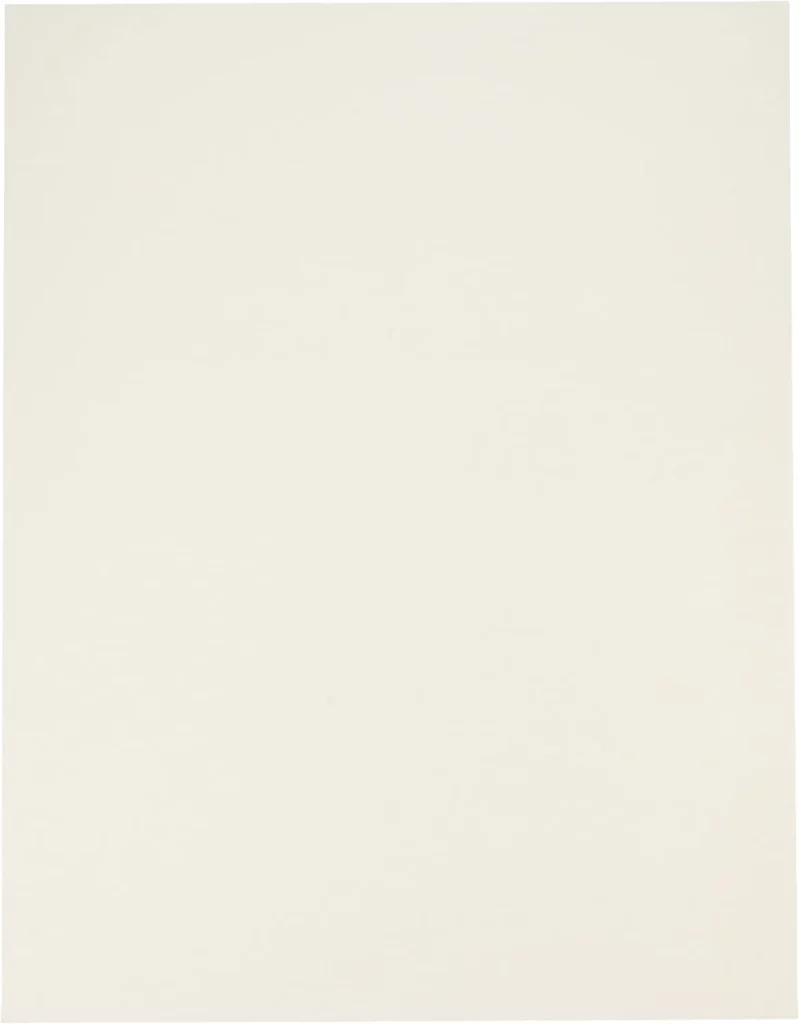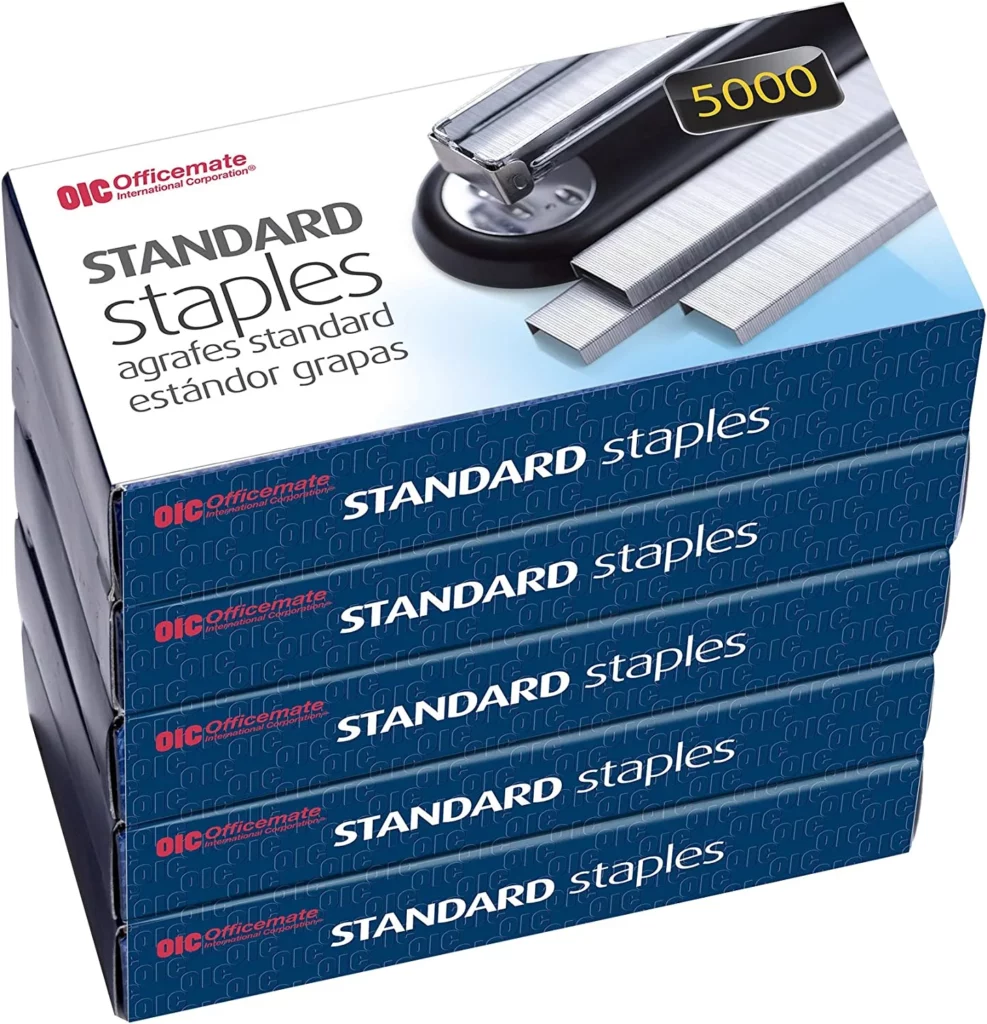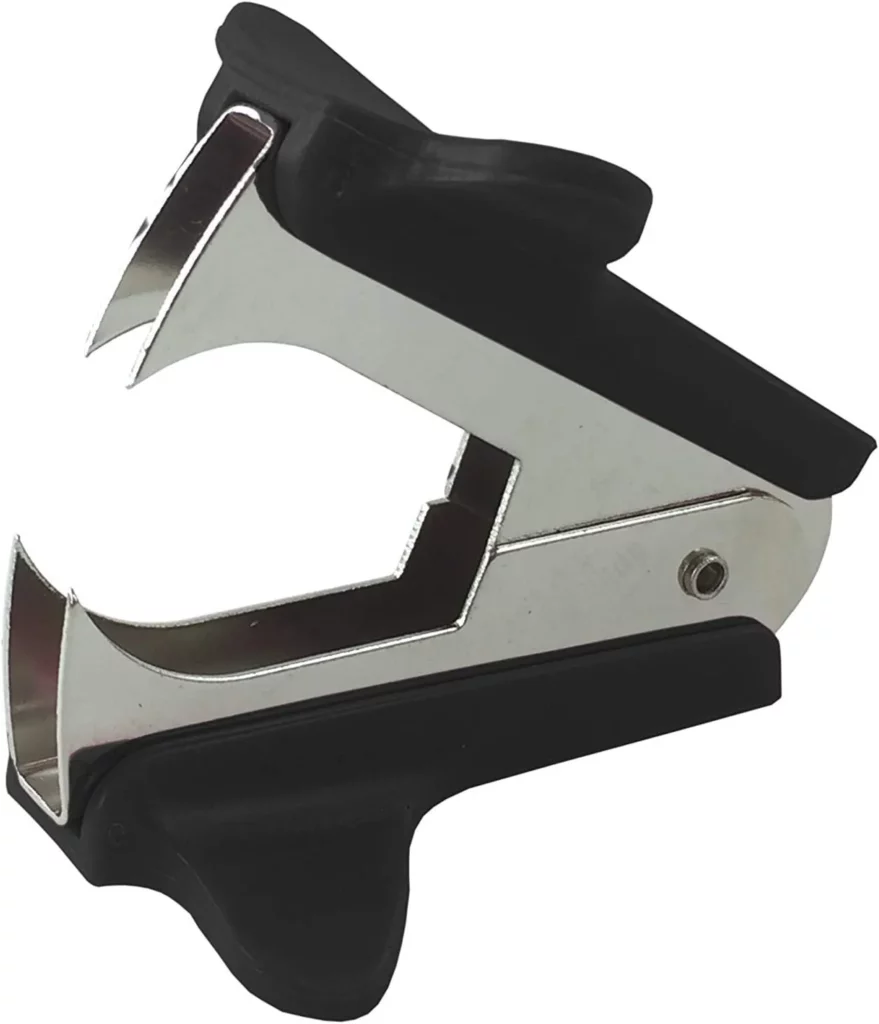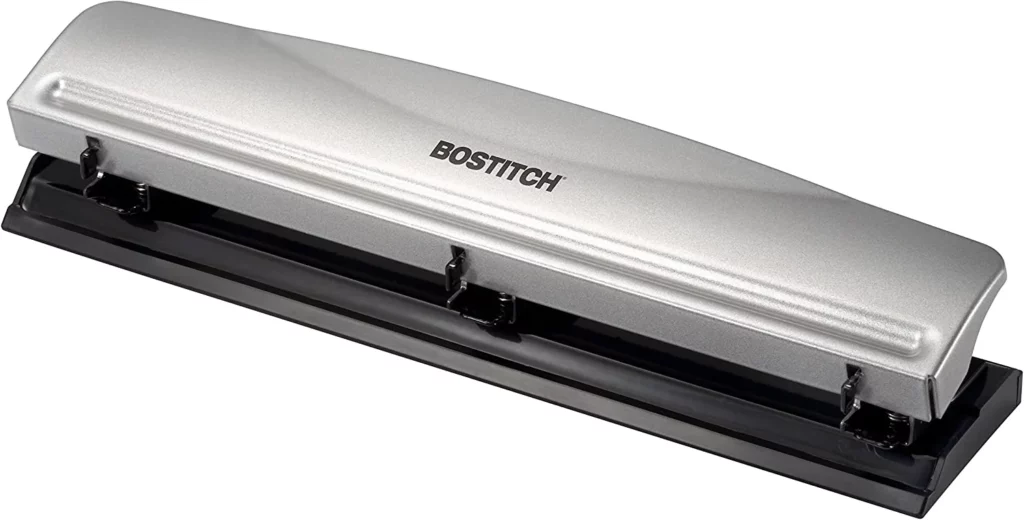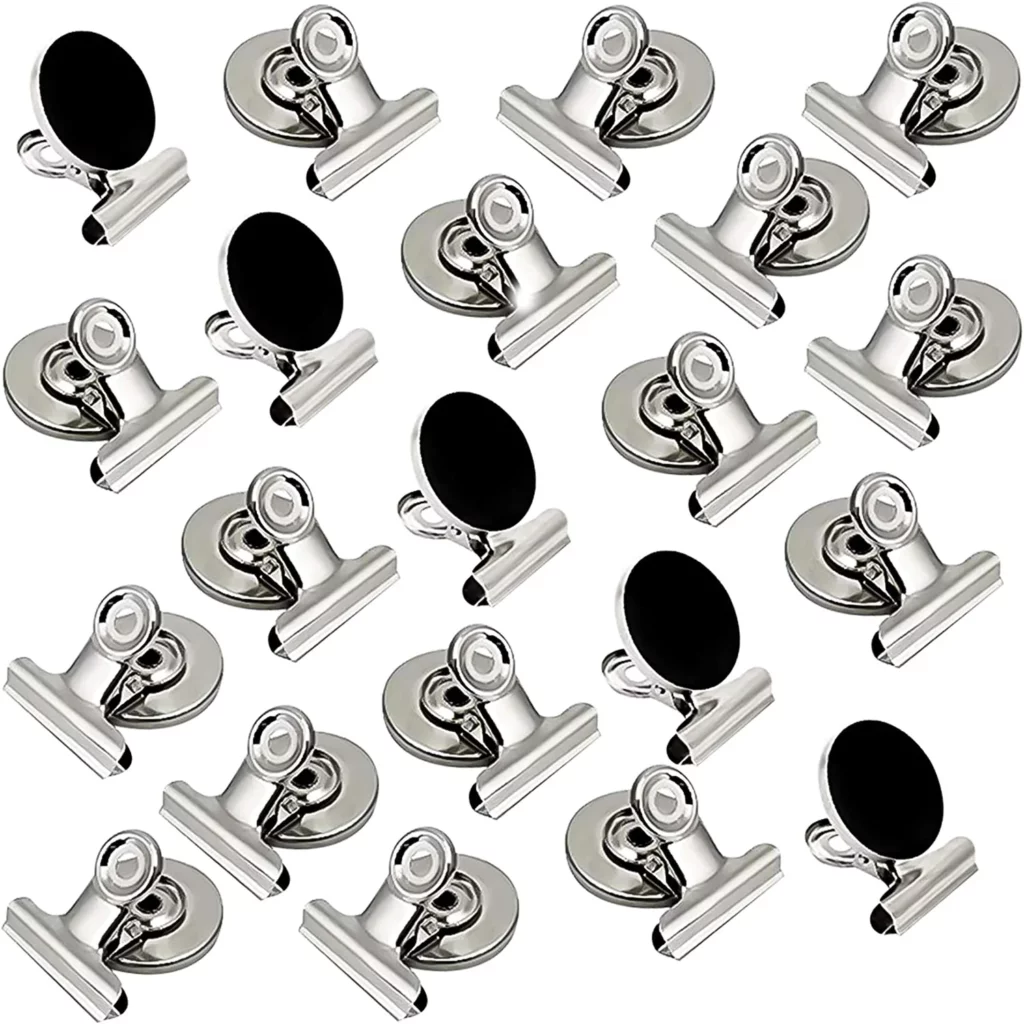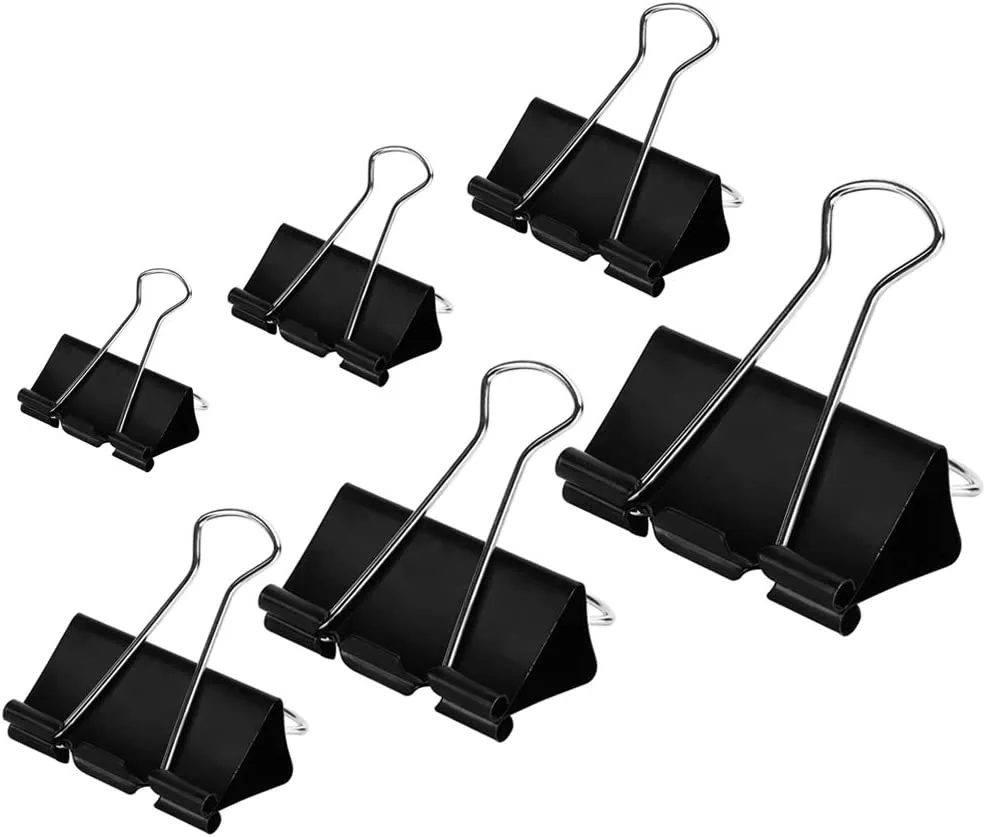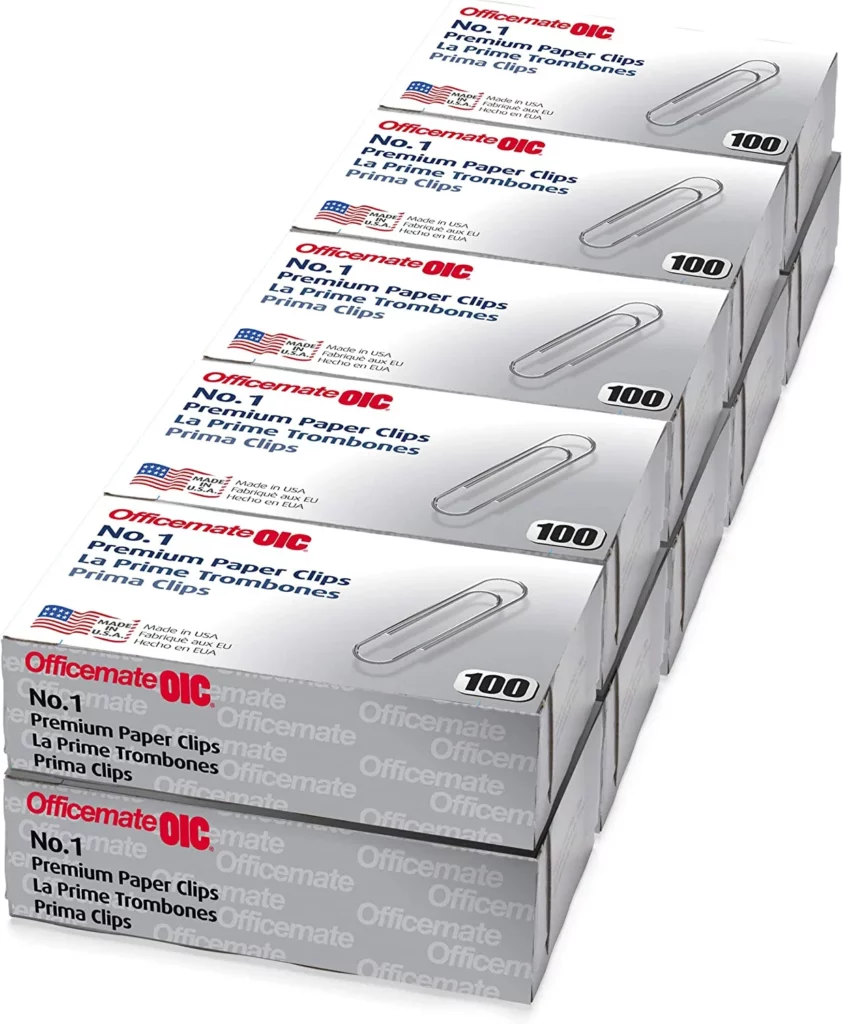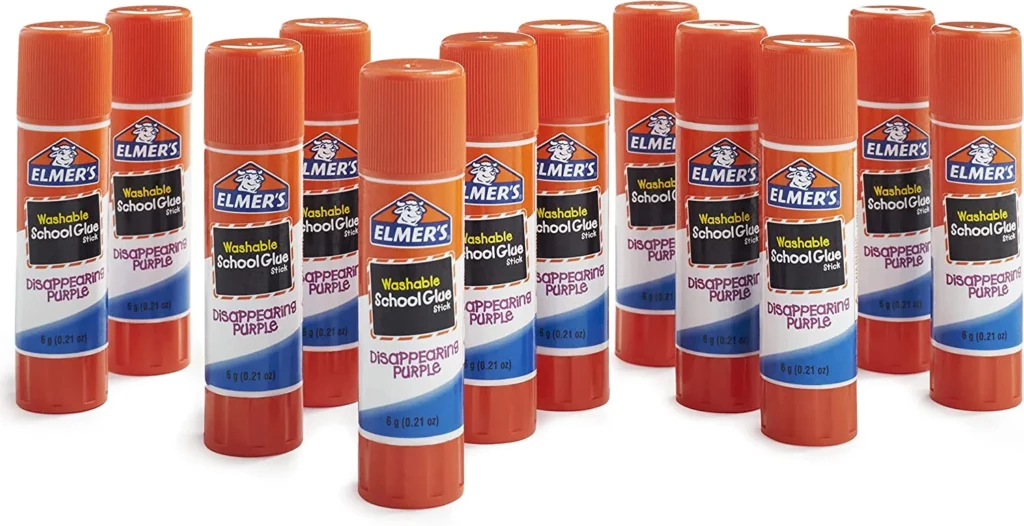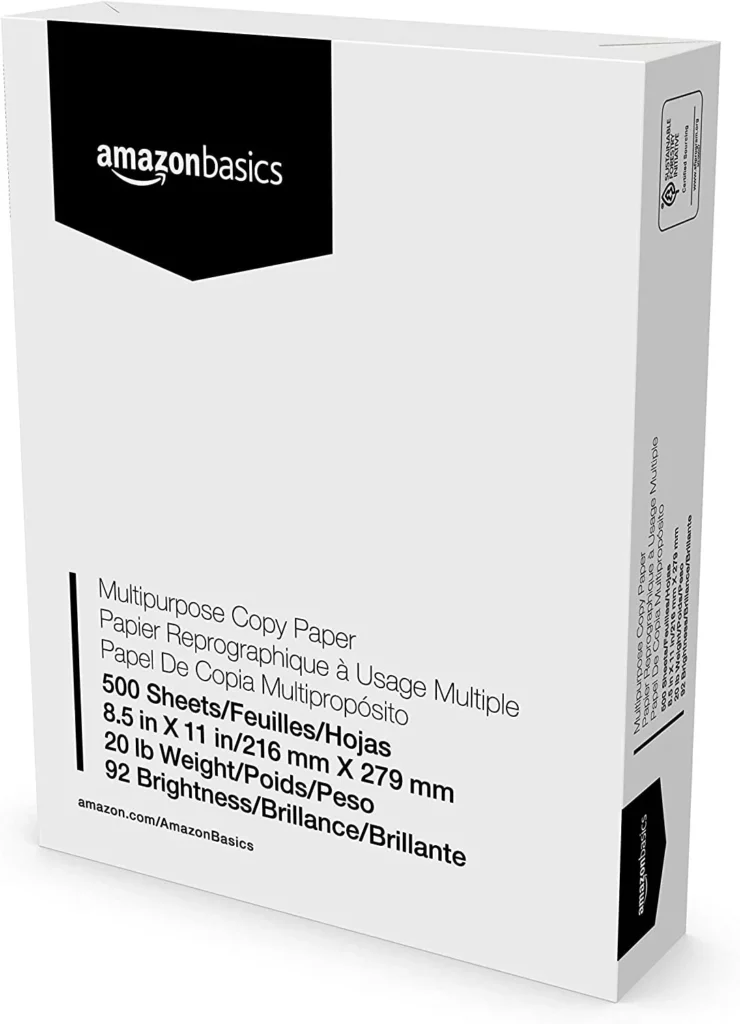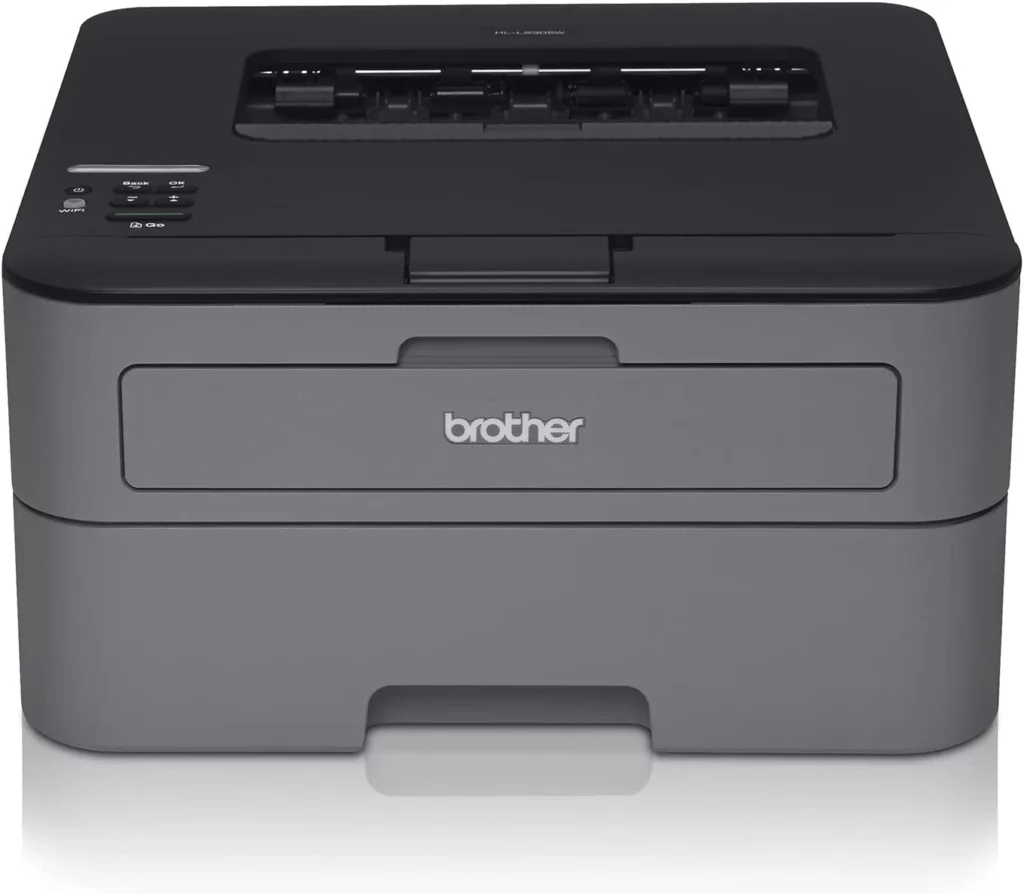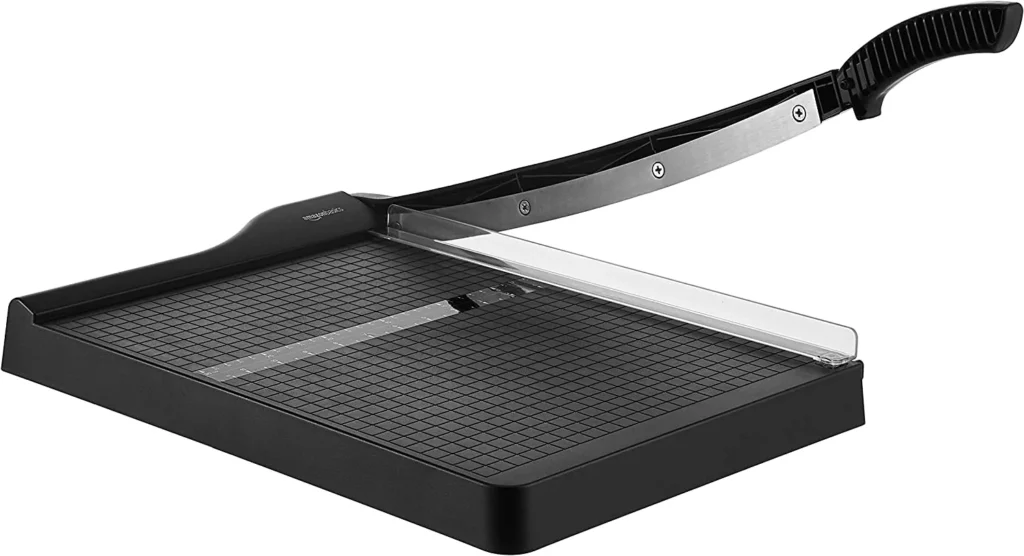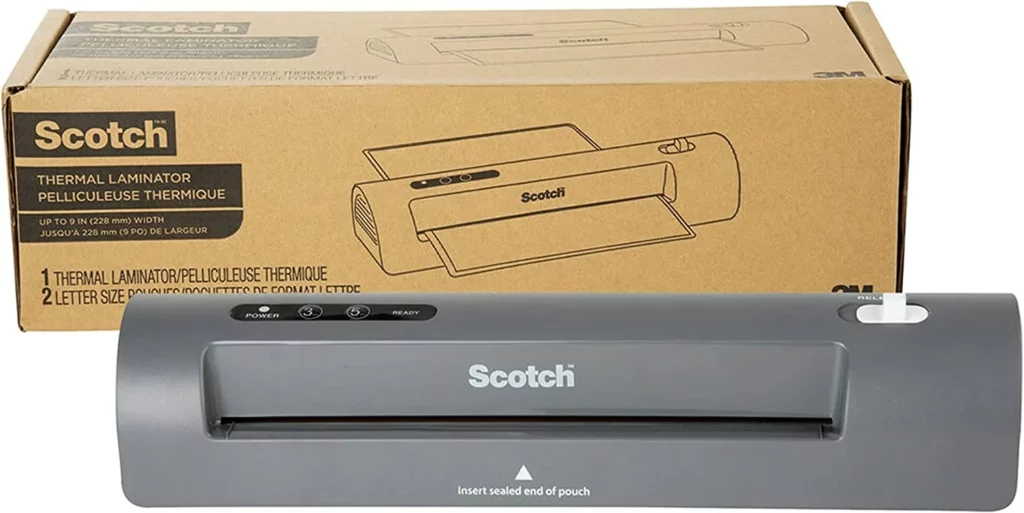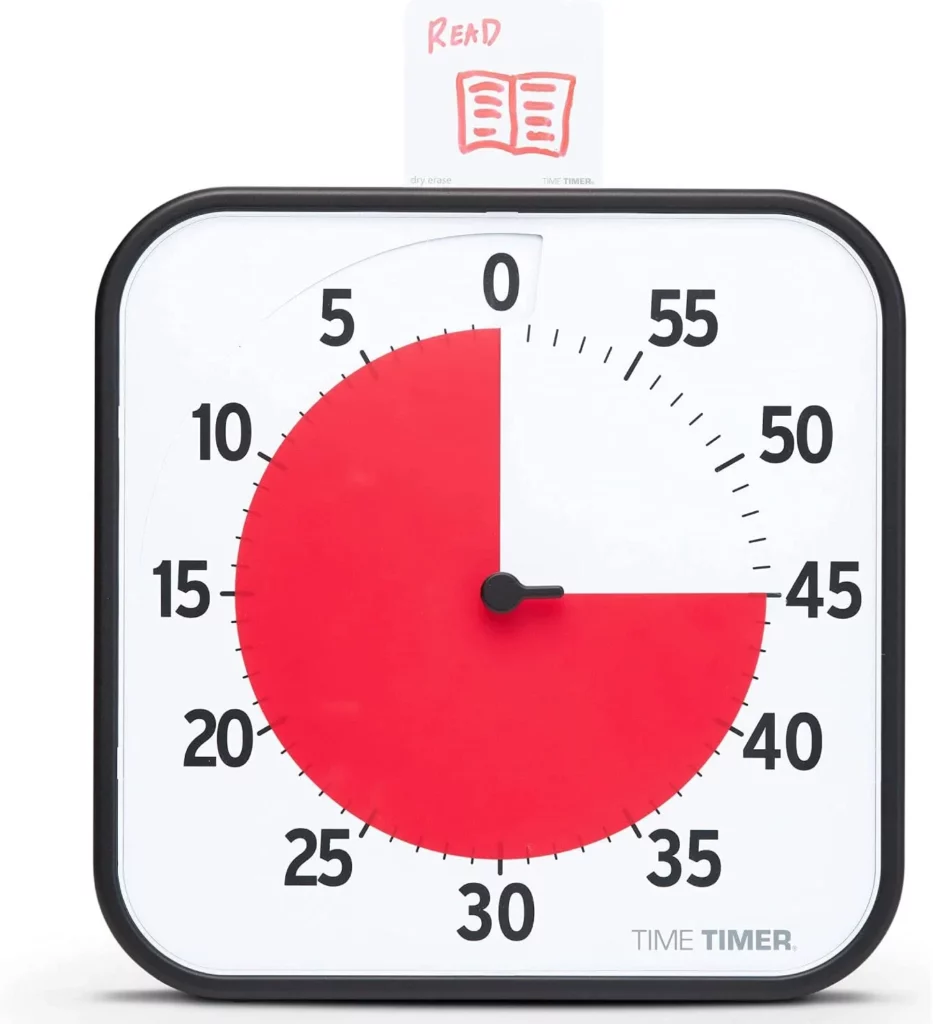This post may contain affiliate links, which means I’ll receive a commission if you purchase through my link, at no extra cost to you.
The average teacher makes 1,500 decisions per day, so let me help you out by making your shopping decisions for you. No contemplation needed. Below are the most convenient and conducive items you will use every year as an ELA teacher.
1. Teacher Planner
Does this item require explanation? Teachers are not only educators… they are referees, cheerleaders, entertainers, janitors, mentors, counselors, decorators, therapists, comedians, detectives, mediators, event planners, and schedulers. So, I think it’s safe to say every single teacher needs a planner. And not just a basic planner—get one that can survive an apocalypse. It’s the key to your sanity, trust me.
2. Desk Calendar
Yes, I know I just told you to buy a military-grade planner, but teachers need something more than just a venue for writing lesson plans. Our schedules are insane. Here’s just some of the arrangements you’ll have in your lineup: cycle days, staff meetings, fundraisers, assemblies, IEP meetings, academic bowls, spelling bees, staff development days, early dismissals, tutoring sessions, board meetings, guest speakers, standardized testing days, progress reports, book fairs, musicals, pep rallies, observations, and field trips! I like to walk into my room in the morning, look down at the calendar and know exactly what is going on that day.
If you’re new to teaching, don’t let this freak you out! Get a desk calendar and make friends with a teacher in a room nearby to keep each other up-to-date.
3. Grade Book
It’s a tale as old as time… Teacher inputs hundreds of grades. Teacher portal unexpectedly closes. Nothing saves.
Technological tragedies do occur, and a traditional grade book can preserve your sanity when things go awry. Not only is it life-saving to have a back up plan, but I like to have a grade book available for more accessible and instantaneous grading purposes. For example, I can walk around the room checking students’ homework completion without lugging around my laptop in hand. I can also get my grading done anywhere, without needing wi-fi, and then simply input the grades online later at a more convenient time.
4. Clip Boards
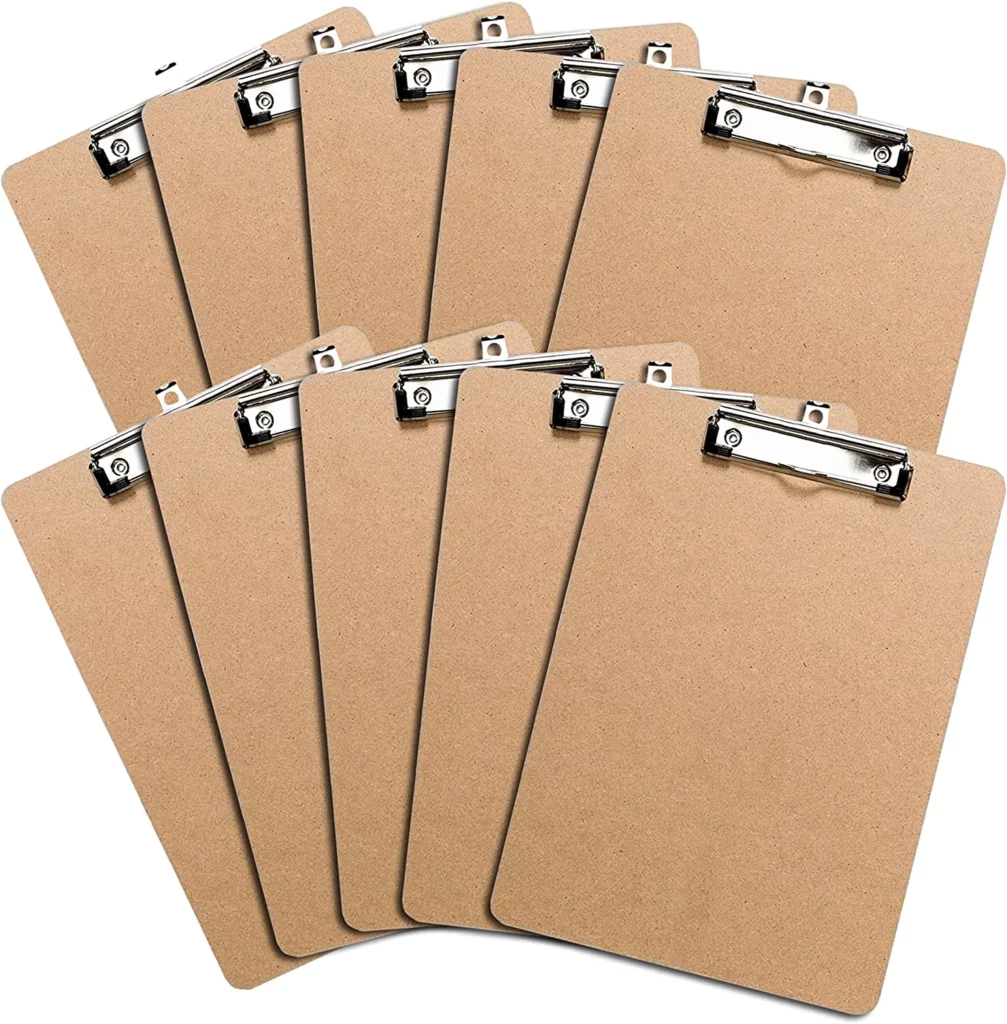
I teach middle school and flexible seating is the talk of the town. When appropriate, I allow my students to work on floor cushions, bean bag chairs, and stability balls. Some classrooms have couches, scoop chairs, floor sofas, and wobbly stools! Point blank: students need clipboards when they need a flat surface to write on and they aren’t working at tables. I don’t have a clipboard for every student, but I always have enough for the students who like to use them.
5. Teacher Stamps
Not all ELA assignments require conferences or elaborate feedback. Whether it’s homework or classwork, sometimes minimal feedback is more appropriate. With that said, it’s important that students understand your grading system. My first year teaching, I would just put large checkmarks on students’ worksheets to indicate it was completed and graded, but when I would pass their papers back, students would ask me what does the mark mean. Other times, I would take off points for an assignment that was turned in super late, and they would ask me why I wrote “-5” on the paper. Teacher stamps are a simple accessory that can prevent confusion and save time.
My favorites for middle school include:
- 100%
- Absent
- Great Effort
- No Name
- Incomplete
- Excellent
- Late
- Please Correct and Return
- Good Work
…and my favorite as an ELA stickler is “USE COMPLETE SENTENCES.”
6. Loose Lined Paper
This is a staple in every classroom for any content area. Students forget to bring their notebooks and planners to class ALL. THE. TIME. Having paper readily accessible for your students is dire for their education and participation. The activities you’ll use it for are endless. Journal prompts, note-taking, tests, quizzes, reading questions, essays—trust me, you’ll be handing out loose paper almost as often as you’re handing out new pencils.
7. Pre-Sharpened Pencils
It’s no wonder pencils have been culturally associated with education and learning for quite some time now. They are low-maintenance, universal, affordable, and convenient. If you’ve taught before, you know, they go missing like hair ties and bobby pins. You stock up on hundreds and within weeks, you’re running low!
If you are about to embark on your first year… you will be mystified and kind of impressed with how quickly students lose their pencils. Sure, some will turn up at the end of the day on the floor throughout the halls, but it’s best to ration a supply somewhere else in your classroom.
Pre-sharpened pencils just mean even more convenience and less distraction. (We all know that the coolest thing to do in school is sharpen your pencil right in the middle of an important lesson, right?)
8. Mechanical Pencil Sharpener
We all love pencils… but they do eventually lose their edge and become dull. As much as you may dread kids cat-walking across the room to sharpen their pencils in style, you do need them to have a practical and operative means to sharpen their pencils.
9. Eraser Caps
Another way to get the most use out of those pencils is to have eraser caps handy. When the original eraser goes flat, students want to stop using that said pencil as it’s lost one of its most treasured functions. Eraser caps are a quick and colorful fix.
10. Pens
Teaching is one of those professions where you undertake a considerable amount of writing. Pens are less likely to smudge versus pencils, they are fundamental for grading, you’ll need them to sign professional documents, and write notes for yourself for planning purposes. Stock up on some durable, sleek, dark pens!
11. Highlighters
Highlighters can help students organize and categorize information. They are great study aids. While reading informational or non-fiction texts, I love having students highlight the key points so they learn to identify essential information as well as retain it better. Highlighters are known to promote active reading and encourage close reading.
I also have my middle schoolers highlight context clues and search for support when responding to literature. Highlighters are just awesome, and with all the different colors, you can get creative with how your students engage with various texts.
12. Expo Markers
If you are lucky, you will have a dry-erase board in your classroom! They make teaching so much easier and cleaner than blackboards and chalk. But not all dry-erase markers or erasing materials are created equal. I wish I was kidding, but this is one of those instances where you have to spend a little bit more money to get the quality you need. A lot of the cheap dry-erase markers on the market leave permanent stains behind. Inferior markers also have a tendency to dry out and get clogged in a shorter time frame. Some brands are just not compatible with certain types of dry erase surfaces.
13. Post It Notes
First and foremost, Post-its are best used for reminders… for you and your students. But they have so much more utility than that. Students can use Post-its as a reading comprehension strategy. Have students mark the text they are reading by taking notes or flagging information they didn’t understand. Did you know they even have transparent Post-its now?!
I also love using sticky notes as a place where students can record their bellringers or “ticket out the door.” They are easy to collect or display on a wall in your room. You can use Post-its to provide feedback to students on assignments, OR, even ask your students to give you feedback about something!
Teachers can use Post-its for labeling purposes too. For example, I will slap a Post-it on top a stack of papers and label it things like “Pass Back,”“To Grade,” “Period 1,” or “Monday Classwork.” Especially when I’m leaving notes for a sub, Post-its are awesome! Beyond that, they make excellent make-shift hall passes.
14. Colored Pencils
I don’t care what grade you teach, colored pencils are for everyone! Coloring pages, posters, novel projects, author or character portraits, one-pagers… most students love a break from the traditional learning pedagogy. Colored pencils are the perfect instrument for beautiful, educational artwork. Let students showcase their creativity and design masterpieces!
15. Desk Organizer
A desk organizer is one of the first things I set up when I became a new teacher! Desk organizers are amazing because they declutter an assortment of materials you use on a daily basis. If you want your desk to look professional and clean, give everything a home. Tidy desk, tidy mind.
16. Letter Trays
Teaching involves so much organization that if it doesn’t come natural to you, it might give you a headache at first. Letter trays make collecting and holding student work painless and well-regulated. Many teachers refer to these trays as “turn in bins.” I have a tray for every class period, plus an additional tray for extra credit. You could keep trays for different subjects, ongoing versus completed work, days of the week, or however you please.
17. File Folders
While filing cabinets may be a thing of the past, I still consider file folders the fairy godmother of paper organization. Worksheets get a bad rep, but as long as you aren’t throwing meaningless papers at your kids, telling them to figure it out and keep busy, they are actually a great tool for scaffolding and guided learning. Point being, you need a place to organize all your wonderful lessons and activities that come in the form of a worksheet.
File folders are how I store all my students’ work as well as handouts that are printed and ready to go for the upcoming week. It’s nice because students can’t see their peers’ work when it’s tucked in a folder. It’s also how I transfer work from school to home and home to school. I don’t have a filing cabinet, but I have enough space in my desk drawer to keep what I need.
One last teacher tip regarding file folders… Every year I will staple a few file folders to my bulletin board in a way where students can easily look inside and take what they need, such as missing work or permission slips. When students are absent, they can just approach the folder that coordinates with their class the following day and grab their absent work without even confiding in me.
18. Poster Board
Grandiose, elevated school projects shouldn’t just be for those kids who can afford the materials. If you’re going to assign poster projects, make sure you can supply poster boards for students who need them! Poster projects are fun and make great collaborative activities. Have students make a poster where they present information and educate their classmates about a particular topic.
Poster boards are also excellent for implementing the carousel learning strategy. In a classroom carousel, students work in small groups and move from station to station, discussing each task or prompt on a poster board as they go.
19. Stapler
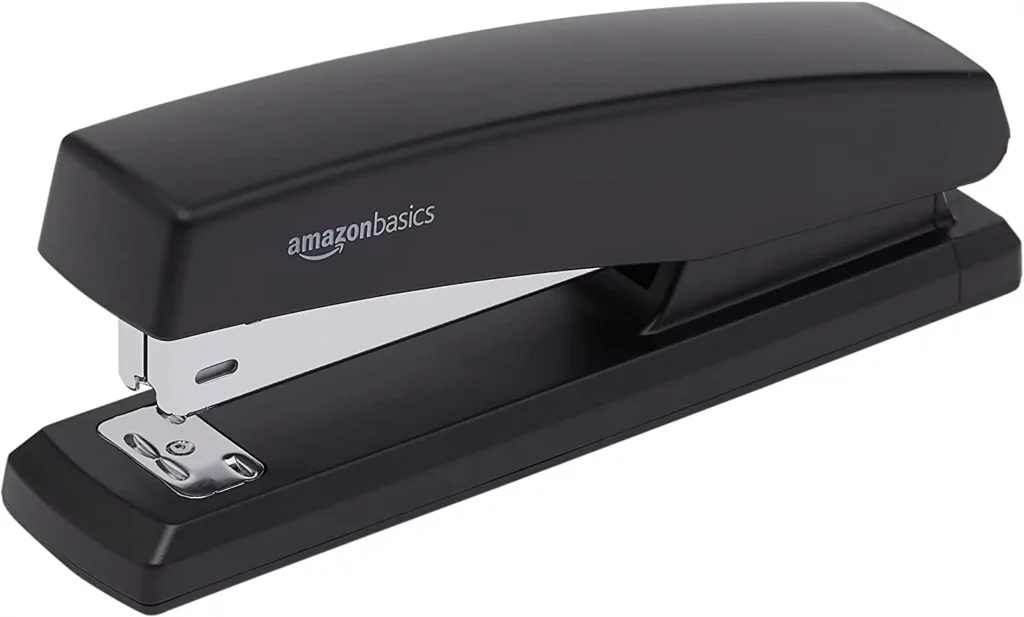
Every teacher needs a stapler… mostly to fasten sheets of paper together for creating handouts, lesson plans, assignments, or rubrics. When students are handing in multiple pieces of work at a time, I love it when they will just staple it all together. I also require a stapler to hang posters, letters, borders, and other decor on my bulletin boards. A good stapler will last you years and years!
20. Extra Staples
You must have refills for when your staple supply runs out! Having extra staples readily available ensures that you can complete your tasks efficiently and without interruption.
21. Staple Remover
Please don’t ever try to change your bulletin boards without using a staple remover. It’s difficult, messy, and sometimes even painful. Get a staple remover to easily remove any staples so you can make corrections or replace your board with new decor in a quick, dexterous way.
22. 3 Hole Puncher
If your school doesn’t have a fancy printer, you’ll want a three hole puncher in your classroom. Don’t assume that “no one will care” if you don’t punch holes in your handouts. I urge you to consider how helpful it actually is, even if just for a few students.
Majority of my students use 3 ring binders or trapper keepers and they absolutely depend on the 3 hole puncher to stay organized. If they don’t have an opportunity to hole punch their work, guaranteed it will get stuffed in a backpack or jammed in a locker… it’s basically gone the second they leave the classroom. I have a couple of 3 hole punchers in my classroom and I let students know they can use them anytime. If I ever have a student that is bored in homeroom and eager to help me in some way, I might ask them if they want to hole punch some worksheets, so they are ready to go.
23. Magnetic Clips
I love these magnetic clips. Is that a nerdy thing to say? I don’t care. They are nifty. I use them to display reference sheets, anchor charts, classroom posters, and students’ artwork. They can be attached to metal surfaces, such as whiteboards or filing cabinets, making them a convenient and space-saving alternative to traditional thumb tacks. They are reusable and easy to reposition whatever you’re hanging up. Run, don’t walk for these.
24. Binder Clips
Large stacks of paper? Yes, I’m quite familiar. Remember those filing folders I was talking about before. Well, if you want to prevent loose papers from falling out, just clip the entire stack together. These large clips have the capacity to hold up to 250 sheets of paper! Binder clips can be used to keep any related documents together, making it easier to find and reference them.
25. Paper Clips
Paper clips are an excellent tool to keep any documents together and organized as well. Paper clips are better for smaller piles of paper. Typically, one paper clip holds about 20 sheets of paper, but maybe 30 if you’re ambitious. Paper clips also make convenient book marks.
26. Glue Sticks
Glue sticks are mess-free, they dry clear, and they dry quickly. They are superior when it comes to art projects with impatient teens and pre-teens. You’ll want a case of glue sticks in your classroom crafting reserve for creative projects and interactive notebooks.
Interactive notebooks are a form of note taking where students manipulate information and organize it in a way that makes sense to them—typically through means of scissors and glue.
Just remind your students to put those lids back on!
27. Printer Paper
Before you assume your school district supplies you with endless amounts of paper, you should double check the policy and the timeframe in which you’ll receive any supplies you order through the school.
In my school district, we are limited in how many copies we can order. Additionally, we have to request copies at least 5 days in advance. This is all fine and lovely except let’s be honest, some days I’m a walking tornado and literally don’t know what I’m teaching until I get to school. In my case, I do have access to a copier, but I need to supply my own paper. Nobody said teaching was an easy profession.
Anyway, have your own back up supply of paper in case you need to rely on yourself to provide materials.
28. Printer
I am in no way suggesting you print hundreds of handouts for your students with your own printer (though I’ve been that desperate once or twice), but hear me out, if you have your own printer in your classroom, you don’t have to wait in line or race across the school to get other materials you need! It’s not just student materials that we need to print. Teachers may need to print emails, letters, other forms of communication, behavioral reports, IEPS, 504 plans, lesson plans, articles, attendance lists, etc.
Lastly, in my experience, I’ve never had access to a colored printer (GASP). So if you are someone who likes colors, then you might need to use your own printer.
29. Paper Cutter
You can use a paper cutter to create uniform and evenly sized handouts. Divide stacks of paper into smaller, more manageable portions for your students. For example, when I give reading checks, bell ringers, pop quizzes, or tickets out the door, I routinely cut sheets of paper in half using the paper cutter. It’s fast, it’s clean, and looks much more professional!
30. Laminator
Teachers typically need to label a wide assortment of items in the classroom. For example, you want to label your classroom supplies like pencils, lined paper, scrap paper, and erasers so your students can easily find these items without even asking you. Around the walls of an ELA classroom, you’ll notice other laminated items like literary posters, classroom expectations, motivational posters, word lists, classroom procedures, grammar rules, emergency protocols and/or emergency exits.
Then you might find you want to laminate fun props for your students, such as printable signs they can show off during a photoshoot after a classroom activity like a digital escape room.
Another idea is to award “student of the month” or give end of the year awards, and laminate certificates for them!
ELA teachers can also utilize a laminator for interactive educational purposes. For example, you could laminate texts to teach grammar. Students can write directly on the laminated text with dry erase marker and edit sentences or identify the parts of speech. Then you could reuse the text again and again for years to come.
Hopefully, your school gives you full access to a laminator, but if not, it’s worth the investment!
31. Timer
Having a classroom timer is like having a good co-teacher. It is paramount for time management, classroom management, and behavioral management! Timers provide students with clear expectations for time allotment. “You have fifteen minutes to complete this part of the assignment.” The timer must be visible for all students to see!
Students can look at the timer at any opportunity which leads to their own self-awareness. They are responsible for their own learning because they must keep track of their own pace and ability to focus. Independence, yay!
Your in-class schedule will feel seamless if you are able to divide tasks into segments and stick to those time frames using a timer. Regulate activities, transitions, and group work to increase productivity!
